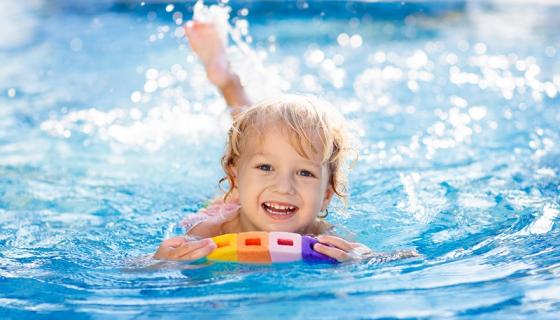
Make a safe splash
With more warm weather to come, here is a timely reminder about supervising children in an education or care service when in or near water.
Active supervision is vital
Active supervision involves focusing all your attention. On all the children. All the time. It means diligently staying in visual contact—not scanning the water occasionally.
Twenty seconds is all it takes for a child to drown.
Some services find active supervision is more effective when children and educators wear fluoro-coloured vests and/or educators have a specific group of children to care for.
The sad statistics
Tragically, 19 children aged 0–4 years and eight children aged 5–14 years drowned in Australia during 2018–19. Many others required hospitalisation for non-fatal drowning.
Reduce the risks
Where an excursion involves water, approved providers with service staff should thoroughly address the following:
- Ensure a child does not leave the service, except with a parent/caregiver, etc.
- Have a policy and procedure about water safety, including water-based activities and excursions.
- Provide staff induction.
- Conduct a risk assessment (including venue selection) before seeking parent/caregiver consent.
- Seek detailed consent from parents/caregivers, including about each child’s water skills.
- Consider water safety education and testing of each child’s water skills.
- Supervise actively and vigilantly during the excursion.
This should all be done with reference to the Education and Early Childhood (Registration and Standards) Act 2011 (SA) and Education and Care Services National Regulations 2011.

